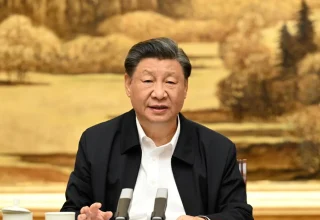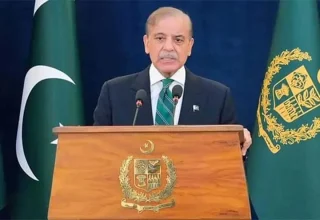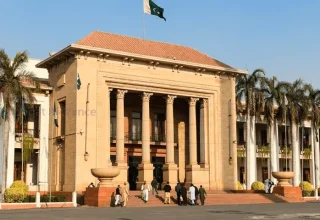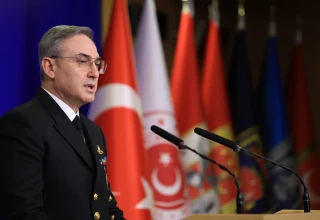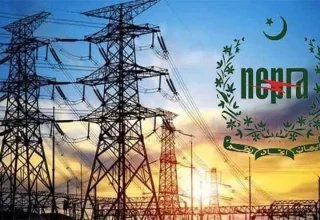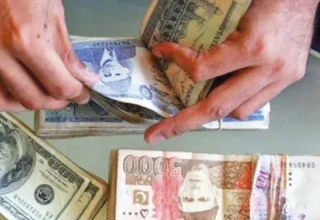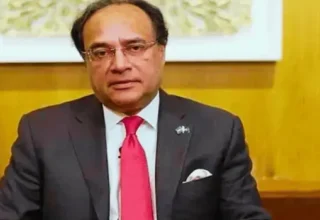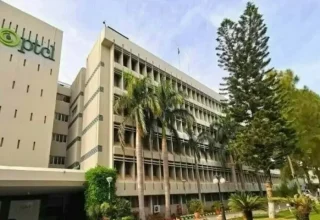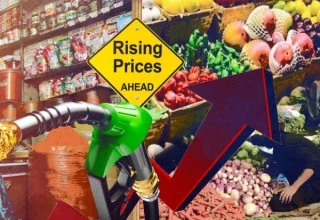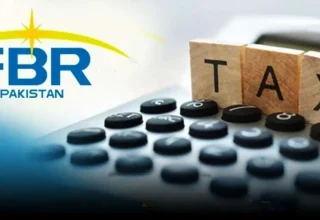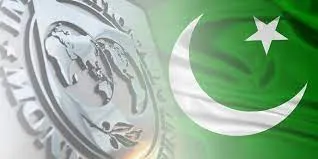
The International Monetary Fund (IMF) has released a report, analyzing Pakistan’s economic situation, painting a picture of mixed progress with promising improvements alongside persistent challenges.
Positives:
- Growth on Track since July 2023: Pakistan’s economic growth rate is projected to remain steady at 2% for the current fiscal year. This stability signifies progress compared to the tumultuous economic rollercoaster the country experienced earlier in 2023.
- Reserves Rise: The country’s foreign exchange reserves have seen a significant increase, jumping from $4.5 billion in July 2023 to $8.2 billion currently. This rise in reserves indicates improved financial stability and potential for future debt servicing.
- Target Achieved: The report acknowledges that Pakistan successfully met all economic improvement targets set for the July-September quarter, showcasing the government’s commitment to fiscal discipline.
- Agricultural improvement: This sector is performing slightly better, as it is growing at a rate of 5.1%.
- Smuggling Curbed: Dollar smuggling across Pakistani borders, a major drain on the national economy, has been effectively controlled, marking a positive step towards stabilizing the currency and foreign reserves.
- Revenue Increase: Tax and non-tax revenue collection has witnessed a welcome rise, contributing to keeping the budget deficit under control.
Revenues and grants could be 12.5% of the GDP this fiscal year, which were 11.5% the last fiscal year.
Challenges Remain:
- Energy Woes: The IMF report highlights the urgent need for reforms in Pakistan’s energy sector, pointing towards the high cost of power generation as a major hurdle to economic growth.
- Industrial Lag: The industrial sector continues to struggle, with a meagre growth rate of 2.5%, indicating a need for targeted policies to boost manufacturing and exports.
- Inflationary Pressures: While inflation came down from a peak of 36% in May 2023 to 26.8% in October, it remains a significant concern, as it rose again to 29.2% in November. This poses challenges for household budgets and overall economic stability.
- Unemployment Concerns: The projected unemployment rate of 8% for the current fiscal year, although slightly lower than the previous year’s 8.5%, still paints a concerning picture of job scarcity.
- Fiscal Tightrope: Balancing budget targets with social spending to alleviate the burden on vulnerable populations will be a crucial challenge for policymakers. The budget deficit is expected to be 7.6% of GDP this fiscal year, the IMF said, a figure that was last fiscal year 7.7%.
- Current Account Deficit: The potential increase in the current account deficit to 1.6% of GDP this year needs to be closely monitored and managed to avoid external imbalances. Last fiscal year, Pakistan’s current account deficit was 0.7% of the GDP.
Looking Ahead:
The IMF report acknowledges Pakistan’s progress while emphasizing the need for sustained reforms to tackle structural challenges. Improving energy efficiency



